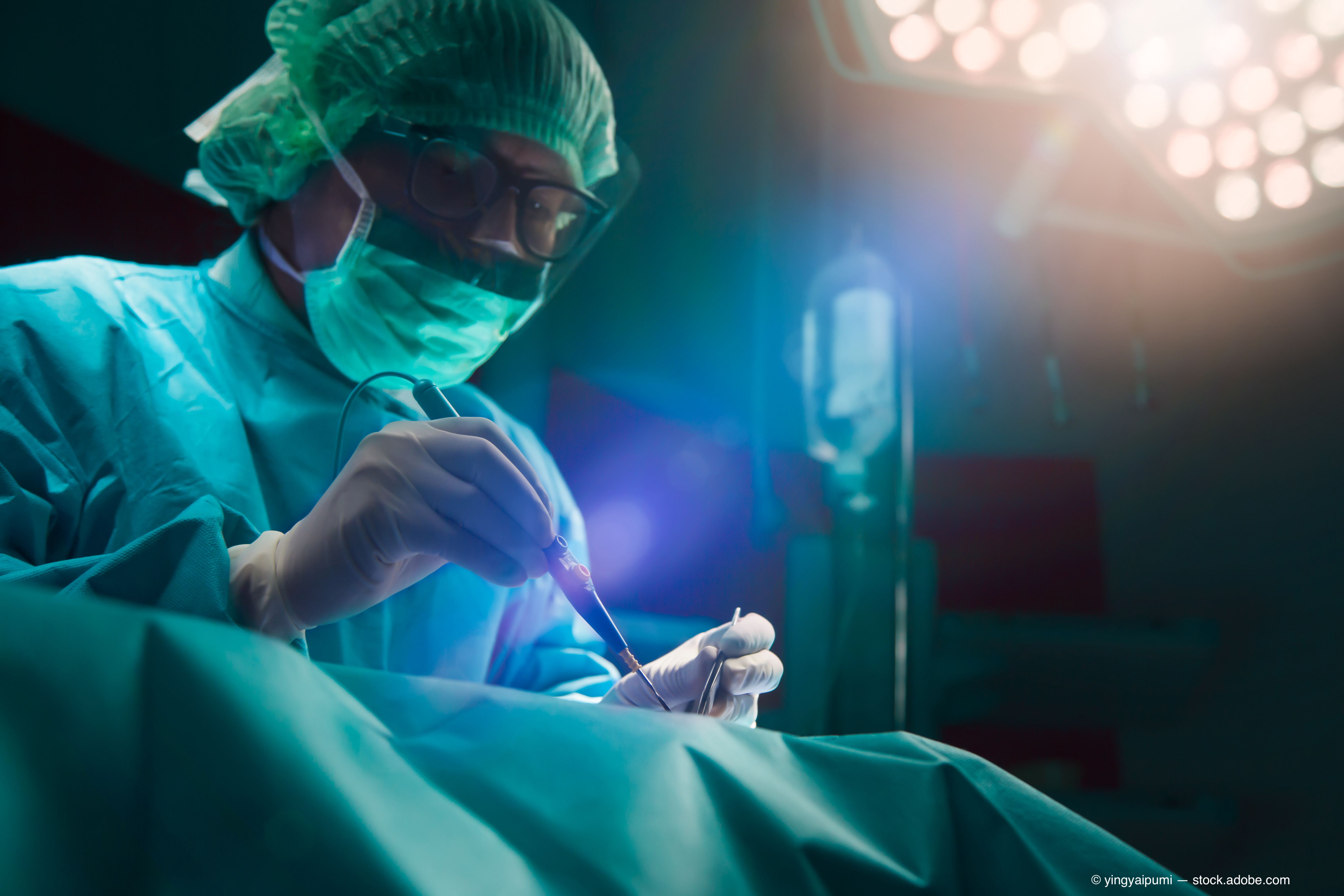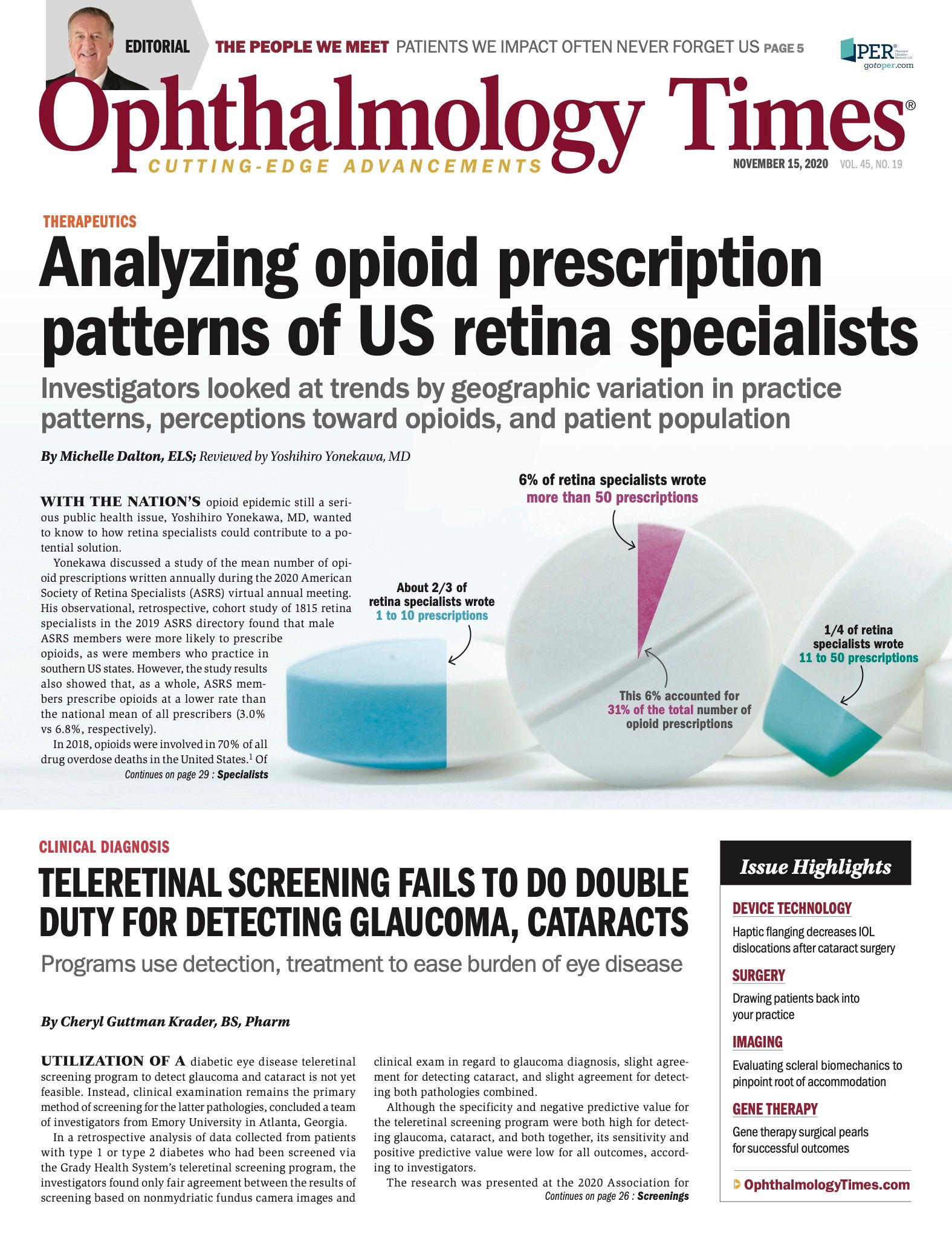Publication
Article
Digital Edition
Gene therapy surgical pearls for successful outcomes
Author(s):
Nine pediatric patients with Leber congenital amaurosis show visual improvement in clinical trials.

This article was reviewed by Audina Berrocal, MD
Gene therapy is a relatively new treatment option, and physicians are learning as they go. Audina Berrocal, MD, has used the therapy and shared her surgical pearls regarding techniques and instrumentation for treating patients.
The first FDA-approved gene therapy was voretigene neparvovec-rzyl (Luxturna, Spark Therapeutics) in 2017 for treating RPE65 gene–associated retinal dystrophies.
The drug is a viral adenovirus-vector serotype that is injected into the subretinal space in a volume of 0.3 ml, with 6 to 18 days between treatments.
Related: Developing retinal technologies strengthen visualization
The patients are immunosuppressed using oral steroids at a dose of 1 mg/kg/day beginning 3 days before the injection and tapered over the 10 days after the injections, said Berrocal, who is a professor of clinical ophthalmology at Bascom Palmer Eye Institute at the University of Miami Health System in Florida.
This type of surgery does not happen in a vacuum, and previous technologic advances pave the way for surgeons to perform gene therapy.
In the case of subretinal injections, the hyaloid needs to be stained. Berrocal’s observation is that the hyaloid differs in every pediatric case. Staining provides the necessary visualization and facilitates removal of the hyaloid.
She pointed out that she finds removal to be more efficient beginning at the fovea using the flex loop (Finesse, Alcon). The instrument can be used as a scraper and a pick when shortened.
Related: Gene panel offers expanded diagnostic capability of inherited retinal diseases
Another instrument she uses is a 25-gauge/38-gauge subretinal injection cannula with a beveled tip and an Advanced Visual Instruments macular window contact lens that facilitates injection of the virus vector into the subretinal space.
Intraoperative optical coherence tomography is valuable for evaluating the height of the bleb.
Berrocal said she likes the MedOne Surgical MicroDose injector because it makes the injection of the vector controlled, predictable, and easier. When using this injection technique, creating a prebleb is not necessary.
In the clinical trials of voretigene neparvovec-rzyl, a manual injector was used, which can result in delayed injection and differences in the force of the injection for every injector, Berrocal pointed out.
“In my hands, I prefer to use the MicroDose injector, which is connected to the vitrectomy machine, the syringe with the medication, and controlled by the surgeon with the pedal,” she said.
Berrocal also explained the importance of the bleb not being too high.
“It is better to create 2 blebs than 1 very high bleb because the retina can stretch too thin,” she advised. “The bleb will go wherever it wants to go.”
Related: Harnessing regeneration of retinal tissues: An option almost within reach
Bascom Palmer Eye Institute has performed this surgery in 9 pediatric cases with RPE65-associated Leber congenital amaurosis. All 9 patients have had visual improvements, and the families are happy that they opted for the treatment.
Improvements in the electroretinograms have been seen in 2 patients and improvement in color vision. One patient had improved autofluorescence and subjective improvement in nystagmus.
“We have determined that it is better to perform this surgery when the patients are as young as possible,” Berrocal said. “The patients in this group ranged from 2 to 19 years. The younger the patients are, the more significant the improvements are. The changes in the 19-year-old were not as impressive as those in the 2-year-old.”
Berrocal recounted the case of a young patient on postoperative day 7 after the first eye underwent surgery. When he covered that eye, he was unable to negotiate around a playground. However, with both eyes open at dusk, he was able to comfortably run around the playground like any other child his age, which was a first for the patient.
Read more by Lynda Charters
--
Audina Berrocal, MD
e:aberrocal@med.miami.edu
Berrocal has no financial interest in this subject matter.

Newsletter
Don’t miss out—get Ophthalmology Times updates on the latest clinical advancements and expert interviews, straight to your inbox.




